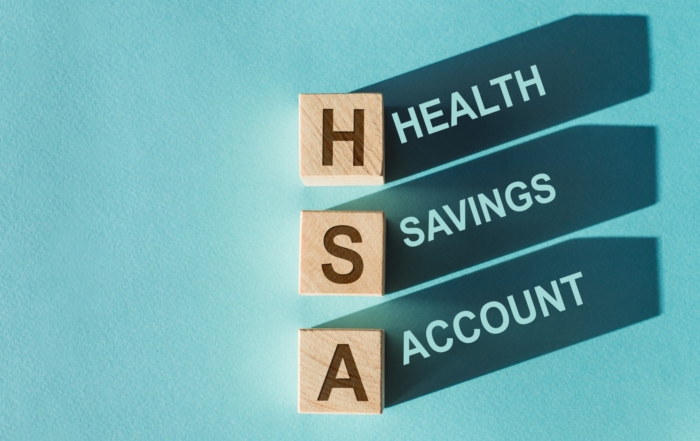Creating Company Safety Rules & Recognizing Hazards Can Improve Worker Safety
Is worker safety lacking within your company’s work environment? Are you concerned company safety rules policies aren’t being followed? Are you nervous that a serious workplace accident could be right around the corner?
If any one of the above questions apply to your workplace and you answered yes, then it’s time to take a serious step back and reassess whether you and your employees are doing everything you can to embrace an effective office accident prevention strategy. Once you’ve accepted the fact that your company safety policies need some work, only then can you begin to correct them and thereby improve overall company safety.
A good way to begin this process is to go after some of the low-hanging fruit, so to speak, because often times some of the biggest worker safety hazards are in plain sight. Occasionally, the answer involves replacing equipment or furniture to allow employees to work comfortably. On other occasions, the equipment may be satisfactory but the process of using said equipment could be redesigned.
Situations in offices that can lead to injury or illness involve the following:
- Physical hazards – such as cords across walkways, leaving low drawers open, objects falling from overhead
- Task-related hazards – such as speed or repetition, duration, job control, etc.
- Environmental hazards – such as chemical or biological sources.
- Design-related hazards – such as nonadjustable furniture or equipment.
Now that you know what to look for, let’s discuss six simple safety hazards that can be avoided to keep everyone safe and injury-free.
- Unnecessary Fall Hazards
Spilled liquids (think coffee) on the floor or a wayward electrical cord can cause a serious slip and fall injury. A good way to prevent these hazards is to ensure all spills are wiped up or reported immediately. Also, because winter is right around the corner, consider putting doormats in front of entrances to soak up tracked-in rain or snow.
Always pick up loose objects on the floor and report loose carpeting or damaged floor surfaces. Keep aisles clear and secure electrical cords away from walkways. Make sure drawers are completely closed after every use and always wear stable shoes with non-skid soles and exercise care when walking up and down stairs.
- Lack of Ergonomics
Always exercise caution when lifting something while at work. Believe it or not, even small loads can cause serious back and neck injury. Also, never twist when lifting, be sure to hold the object close to you and lift with your legs and not your back. Another good way to ensure proper ergonomics is to arrange your workstation to fit you so that your body can maintain a relaxed, neutral posture.
Be sure to adjust chair height so that your feet can rest flat on the floor and adjust the monitor so that you can look directly at it without tilting your head up or down. When on the keyboard, your wrists should be straight. And lastly, while it may seem lazy, be sure to vary your tasks during the day and take mini-breaks to rest eyes and muscles. Take opportunities to get up, walk around and stretch.
- Misplaced Material Storage
What happens when materials aren’t stacked neatly? They can fall. What happens when materials aren’t stacked neatly around a busy work environment? They can fall and injure workers. Be sure to store heavy objects on lower shelves and try to store materials inside cabinets and files.
Also be sure to keep materials out of aisles and passageways and never place materials in front of fire exits, extinguishers or other emergency equipment. Materials should also be stored at least 18-inches away from sprinkler heads, as this could impact the sprinkler's effectiveness in case of a fire.
- Electrical and Fire Hazards
Faulty electrical wiring can be downright dangerous for you and your employees. Always inspect power cords and discard any that are worn, have exposed wires or missing prongs. Because there is never enough electrical plugs, if you use extension cords, be sure they are rated for the expected load. Do not overload power strips and never plug a power strip directly into another power strip—this is known as “daisy-chaining” and can lead to dangerously overloaded circuits.
And while it will undoubtedly start to get cold in the winter months, be wary of space heaters. Portable space heaters can pose a major fire risk, so if you must use them, be sure they are approved for commercial use and never use with an extension cord.
- Environmental Factors
Your work environment could be suffering from indoor air quality issues, such as poor ventilation, indoor temperature (too hot or cold) relative humidity (too high or low), and emissions from office machines.
If this is of a major concern, be sure to raise the issue or issues with the person in charge of building management so that an air quality assessment can be completed and necessary adjustments made.
- Emergency Procedures
One of the biggest company safety rules that should be required of all employees is becoming familiar with your organization’s emergency plan. Always make sure your employees learn your organization’s procedures for handling workplace injuries and illnesses.
Helpful information included in these policies involves knowing where the nearest emergency exits and alternative exits are located within your workplace. Another is knowing where the closest First Aid kit is located. A good way to solidify these policies is to have management conduct an emergency evacuation drill at least once per year.
At NARFA, we strongly believe in the importance of implementing company safety rules and policies and reinforcing them throughout the workday. That’s why we’ve developed a variety of resources dedicated to workplace safety, including how to conduct a health and safety audit properly.
Contact us to learn more about what other benefits administration services we offer, or to hear more about the culture of company safety that we cultivate as part of our AICC worker’s compensation coverage program. And don’t forget to stay connected with our Health & Wellness Safety Tips—we’re always adding more tips to help you and your employees create workplace safety.
Recent Posts
IRS Guidance on Nutrition, Wellness, and General Health Expenses
The Internal Revenue Service (IRS) has recently highlighted that costs associated with nutrition, wellness, and general health do not typically qualify as reimbursable medical expenses [...]
HSAs Today and Every Day: A Triple Threat Against Rising Healthcare Costs
The healthcare landscape is constantly evolving, and in 2024, rising costs remain a top concern for both employers and employees. Fortunately, Health Savings Accounts (HSAs) [...]
April Showers Don’t Cause Accidents (Distracted Driving Does): Stay Safe on the Road This Month (and Every Month)
Spring is here, and with it comes April's designation as Distracted Driving Awareness Month. While the changing seasons and blooming flowers might tempt you to [...]




